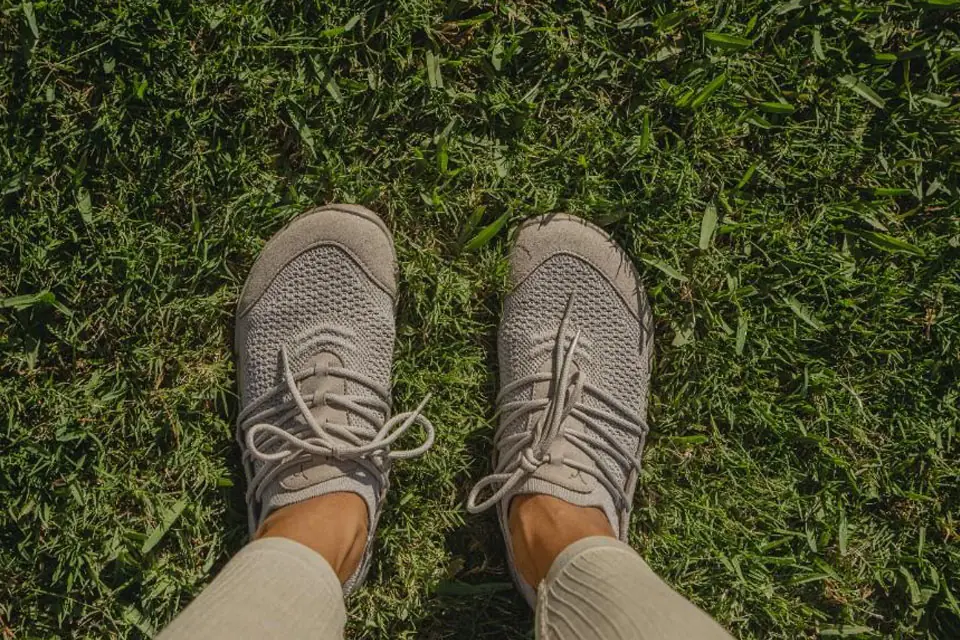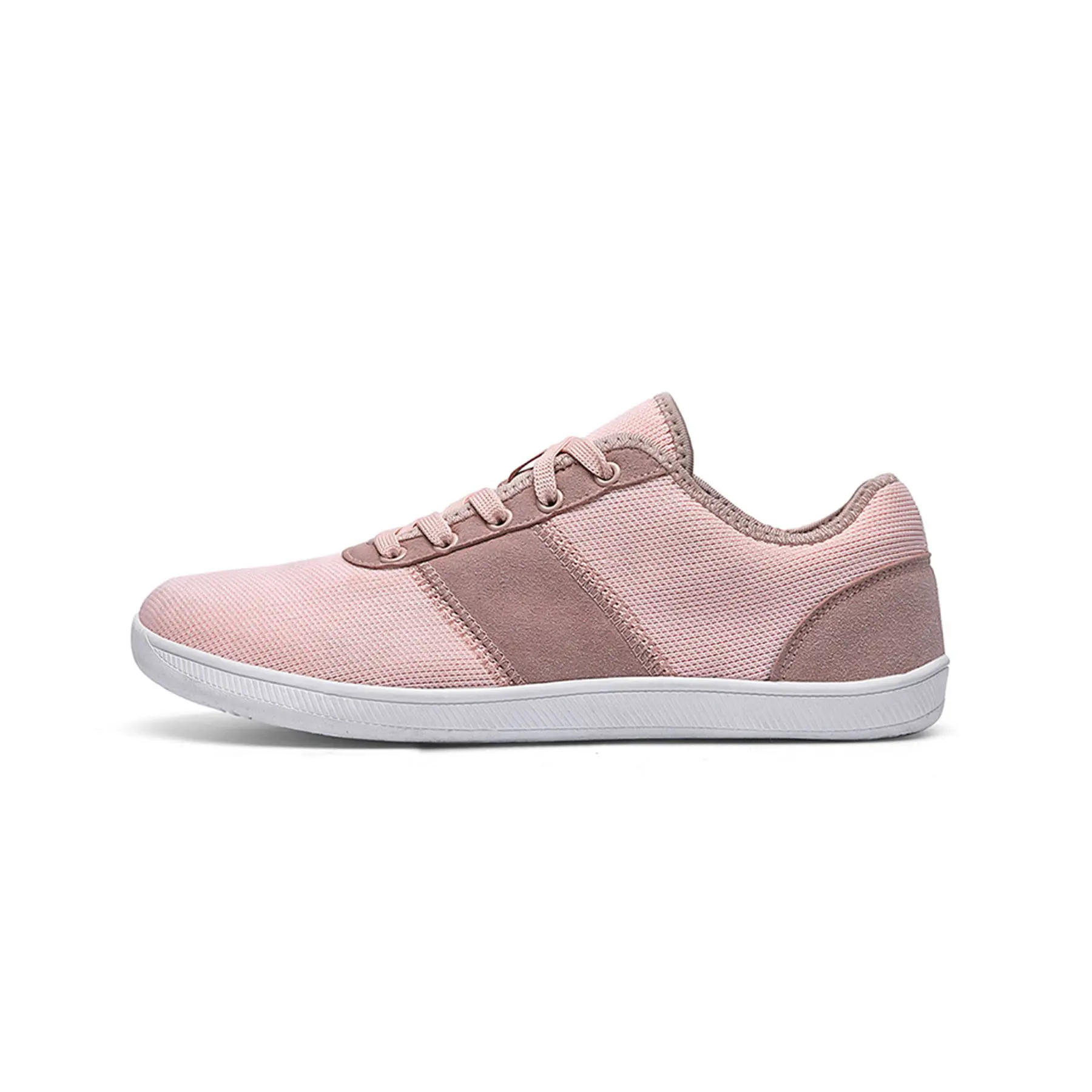
How to Adjust to Barefoot Shoes
Transitioning to barefoot shoes can transform your walking and running experience, promoting stronger feet and a more natural gait. However, how to adjust to barefoot shoes can be challenging for newcomers. This guide provides a step-by-step approach to ensure a smooth and effective transition, helping you reap the full benefits of minimalist footwear.
Table of Contents
Understanding Barefoot Shoes
Barefoot shoes are designed to mimic the experience of walking barefoot while providing essential protection for your feet. Unlike traditional shoes that offer substantial cushioning and support, barefoot shoes emphasize flexibility, lightweight materials, and a wide toe box. This design encourages natural foot movement and strengthens the muscles in your feet.
Key Features of Barefoot Shoes
- Minimal Cushioning: Offers a closer ground feel, enhancing proprioception.
- Flexible Sole: Allows your foot to move naturally and adapt to different terrains.
- Wide Toe Box: Enables toes to spread naturally, improving balance and stability.
- Zero Drop: Keeps the heel and forefoot at the same level, promoting a natural gait.

Benefits of Barefoot Shoes
Switching to barefoot shoes offers numerous advantages beyond just foot comfort. They can enhance overall foot health, improve posture, and even boost running performance.
Enhanced Foot Strength
Barefoot shoes encourage the use of smaller foot muscles, leading to increased strength and resilience. This natural strengthening can reduce the risk of common foot injuries and improve your overall foot functionality.
Improved Proprioception
Proprioception, or the sense of your foot’s position and movement, is heightened with barefoot shoes. This increased awareness can improve balance and coordination, crucial for navigating uneven terrains.
Natural Gait and Posture
Barefoot shoes promote a midfoot or forefoot strike, reducing the impact on heels and joints. This natural gait can lead to better posture and decreased strain on the body.
Lightweight Design
The lightweight nature of barefoot shoes minimizes the overall load on your feet and legs, allowing for longer and more comfortable hikes or runs.
Assessing Your Foot Health
Before transitioning to barefoot shoes, it’s essential to assess your current foot health. Understanding any existing foot conditions can help tailor your transition approach.
Common Foot Conditions
- Plantar Fasciitis: Inflammation of the plantar fascia causing heel pain.
- Flat Feet: Lack of arch support leading to overpronation.
- Bunions: Bony bumps forming at the base of the big toe.
- Achilles Tendinitis: Inflammation of the Achilles tendon causing pain in the back of the heel.
Consulting a Professional
If you have any of these conditions, consult with a podiatrist before making the switch. They can provide personalized advice and recommend specific exercises to aid your transition.
Importance of Proper Fit
Ensuring that your barefoot shoes fit correctly is crucial for a comfortable and effective transition. An improper fit can lead to discomfort and even injuries.
Measuring Your Feet
Measure your feet accurately to determine the correct shoe size. It’s recommended to measure your feet at the end of the day when they are slightly swollen for a more accurate fit.
Trying Shoes On
If possible, try on barefoot shoes before purchasing. Walk around in them to ensure they feel comfortable and provide enough room in the toe box.
Gradual Transition Process
Transitioning to barefoot shoes should be gradual to allow your feet and legs to adapt to the new movement patterns.
Start Slowly
Begin by wearing your barefoot shoes for short periods, such as 30 minutes a day. Gradually increase the duration as your comfort level improves.
Alternate Footwear
In the initial stages, alternate between traditional shoes and barefoot shoes. This approach helps prevent overuse injuries and allows your foot muscles to strengthen gradually.
Listen to Your Body
Pay attention to any signs of discomfort or pain. If you experience persistent pain, reduce the time spent in barefoot shoes and consult a healthcare professional if necessary.
Foot Strengthening Exercises
Incorporating foot strengthening exercises can accelerate your adaptation to barefoot shoes and enhance foot health.
Toe Curls
Sit with your feet flat on the ground and place a small towel in front of you. Use your toes to scrunch the towel toward you, then release. Repeat 10-15 times for each foot.
Arch Lifts
Stand barefoot and attempt to lift your arches without curling your toes. Hold for a few seconds and release. Perform 10-15 repetitions.
Calf Stretches
Stand facing a wall with one foot forward and one foot back. Lean forward to stretch the calf of the back leg. Hold for 20-30 seconds and switch legs. Repeat 3-5 times.
Choosing the Right Barefoot Shoes
Selecting the appropriate barefoot shoes is essential for a successful transition. Consider features that align with your hiking or running needs.
Key Features to Look For
- Wide Toe Box: Ensures ample space for toe movement.
- Flexible Sole: Allows natural foot motion and adaptability to different terrains.
- Durable Materials: Provides long-lasting protection against rough surfaces.
- Breathable Fabric: Keeps your feet cool and dry during extended wear.
Recommended Models
- Men’s Barefoot Running Sneakers Shoes: Ideal for runners seeking a minimalist design that supports natural foot movement.
- Kid’s Minimalist Casual Athletic Sneakers Barefoot Shoes: Perfect for active children needing durable and flexible footwear.
Overcoming Common Challenges
Transitioning to barefoot shoes can come with its set of challenges. Being prepared helps in effectively managing these issues.
Foot Soreness
Mild soreness is common as your foot muscles adapt. Gradually increase your barefoot shoe usage to allow your muscles to strengthen.
Blisters and Calluses
Ensure your shoes fit properly and your feet are clean before hikes or runs. Consider using moisture-wicking socks to reduce friction.
Adjusting to Ground Feel
The increased ground feel can initially be uncomfortable. With time, your proprioception will improve, enhancing your overall balance and coordination.
Incorporating Barefoot Shoes into Daily Life
Integrating barefoot shoes into your everyday activities can maximize their benefits. Start by wearing them during light activities before using them for more strenuous hikes or runs.
Daily Walks
Replace traditional walking shoes with barefoot shoes for short daily walks. This practice strengthens your foot muscles and improves overall foot health.
Household Activities
Wear barefoot shoes during household chores like cleaning or gardening to maintain natural foot movement indoors.
Office Wear
Many barefoot shoes come in stylish designs suitable for professional settings. Consider lightweight and breathable models for office wear.
Real-Life Success Stories
Hearing from individuals who have successfully transitioned to barefoot shoes can provide motivation and practical insights.
“Switching to barefoot shoes transformed my hiking experience. My feet feel stronger, and I notice less fatigue on long trails,” shares Emily R., an avid hiker.
“As someone with plantar fasciitis, barefoot shoes have significantly reduced my heel pain by promoting a natural gait and strengthening my foot muscles,” says John D., a dedicated runner.
Expert Opinions
Experts in podiatry and sports science support the benefits of barefoot shoes when used correctly.
“Barefoot shoes can be beneficial when approached properly, promoting natural foot movement and reducing injury risks,” says Dr. Laura Green, a renowned podiatrist.
Frequently Asked Questions
What are barefoot shoes?
Barefoot shoes are minimalist footwear designed to mimic the experience of walking barefoot while providing essential foot protection. They feature a thin, flexible sole, a wide toe box, and zero drop from heel to forefoot.
How long does it take to adjust to barefoot shoes?
The adaptation period varies but generally takes several weeks to months. Gradually increasing usage time and incorporating foot strengthening exercises can facilitate a smoother transition.
Can barefoot shoes help with foot pain?
Yes, many users report relief from foot pain, including conditions like plantar fasciitis, as barefoot shoes promote natural foot mechanics and strengthen intrinsic foot muscles.
Are barefoot shoes suitable for everyone?
While barefoot shoes offer numerous benefits, they may not be suitable for everyone, particularly those with certain foot conditions or who require additional support. It’s advisable to consult with a healthcare professional before making the switch.
How do I maintain my barefoot shoes?
Regularly clean your shoes, allow them to air dry naturally, and store them in a cool, dry place. Address any minor damages promptly and consider professional repairs for significant issues.
Where can I buy barefoot shoes?
You can purchase barefoot shoes from reputable online retailers like Custom Barefoot Shoes and specialized stores that offer a wide range of minimalist footwear options.
Conclusion
How to adjust to barefoot shoes involves a thoughtful and gradual approach, focusing on proper fit, foot health, and consistent usage. By understanding the benefits and challenges, incorporating foot strengthening exercises, and choosing the right footwear, you can seamlessly integrate barefoot shoes into your lifestyle. The transformation to barefoot shoes can lead to stronger feet, improved posture, and a more natural and comfortable walking or running experience.
Explore a wide variety of custom barefoot shoes at Custom Barefoot Shoes, where you can find the perfect pair tailored to your needs. Embrace the minimalist revolution and take the first step towards healthier, happier feet today.
For more options, visit:
Investing in barefoot shoes can significantly enhance your foot health and overall well-being. Start your journey today and experience the transformative benefits of barefoot footwear.
